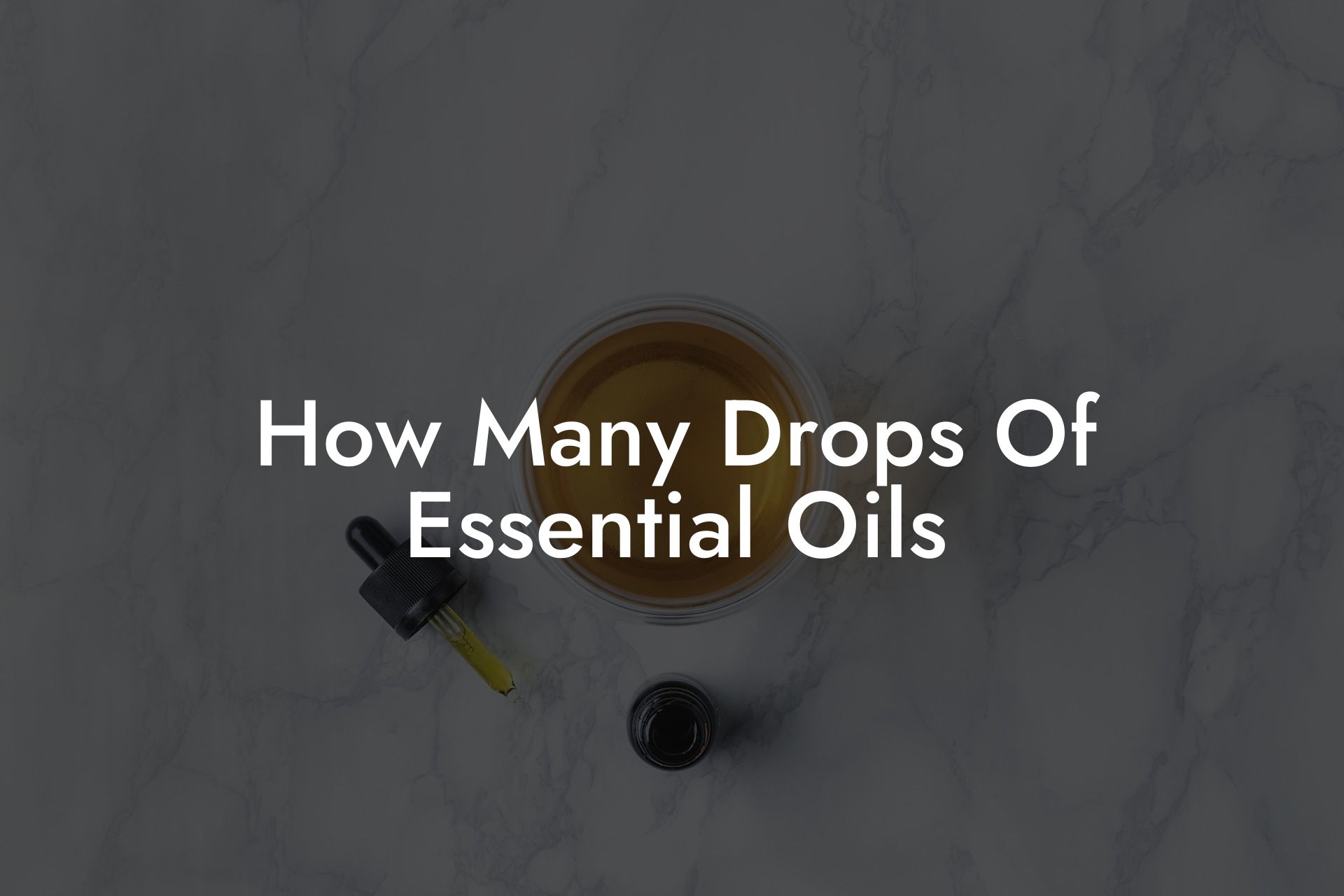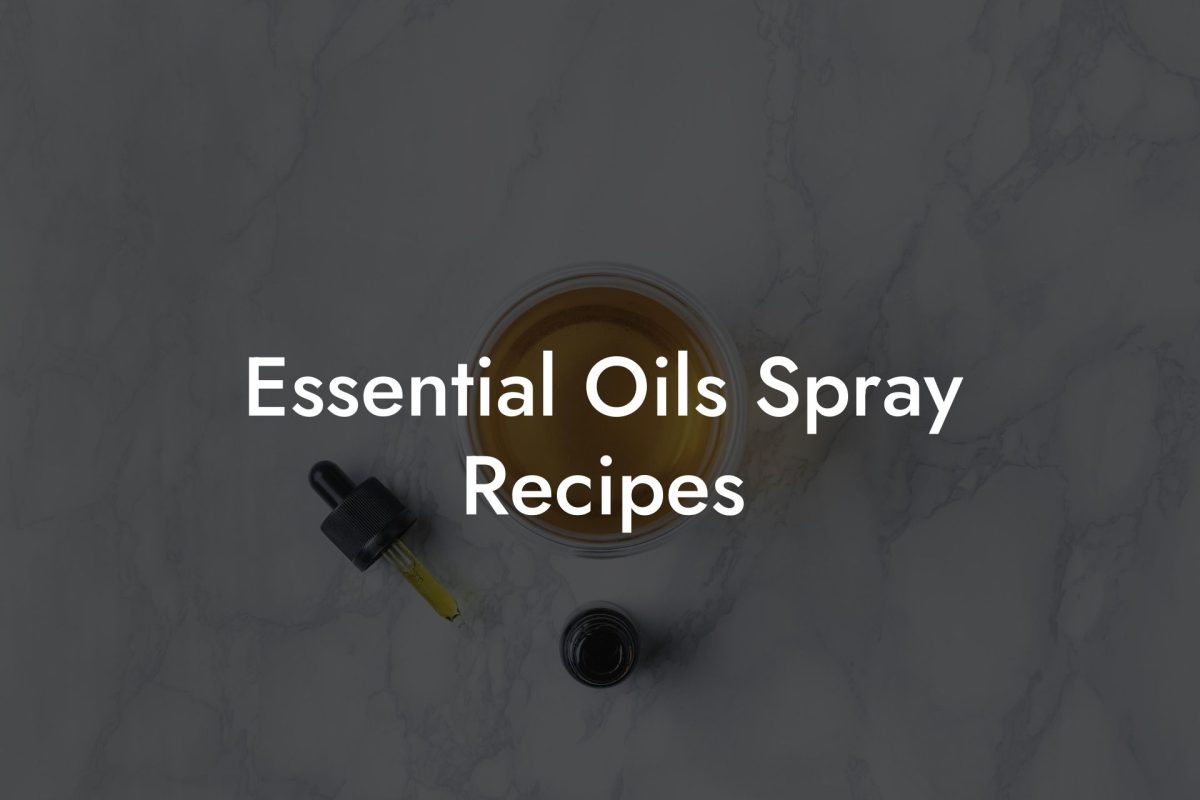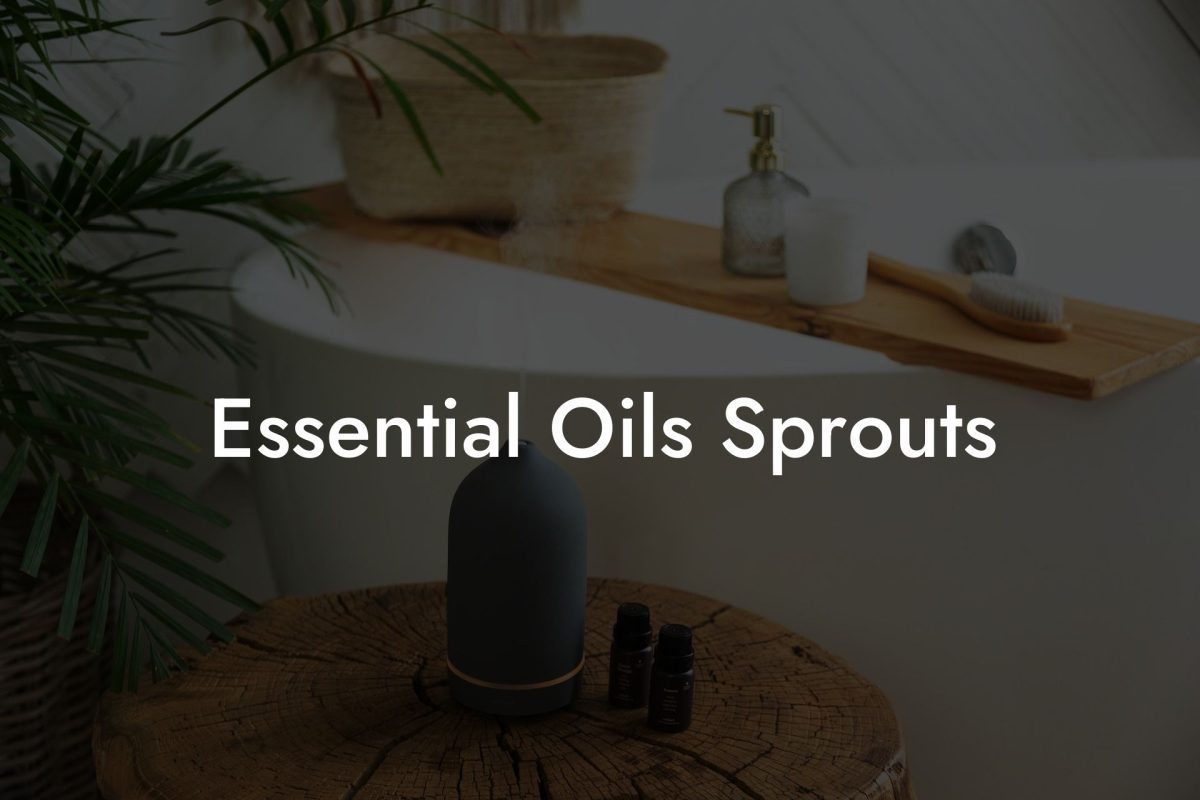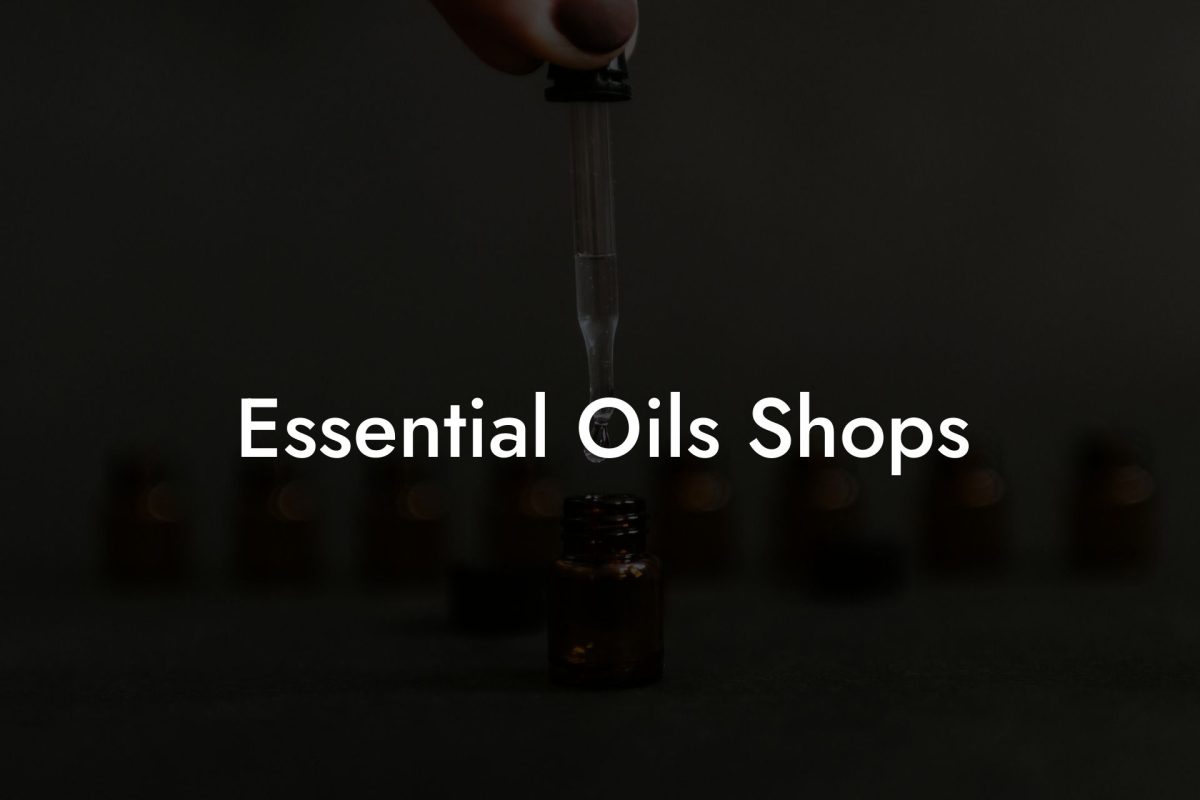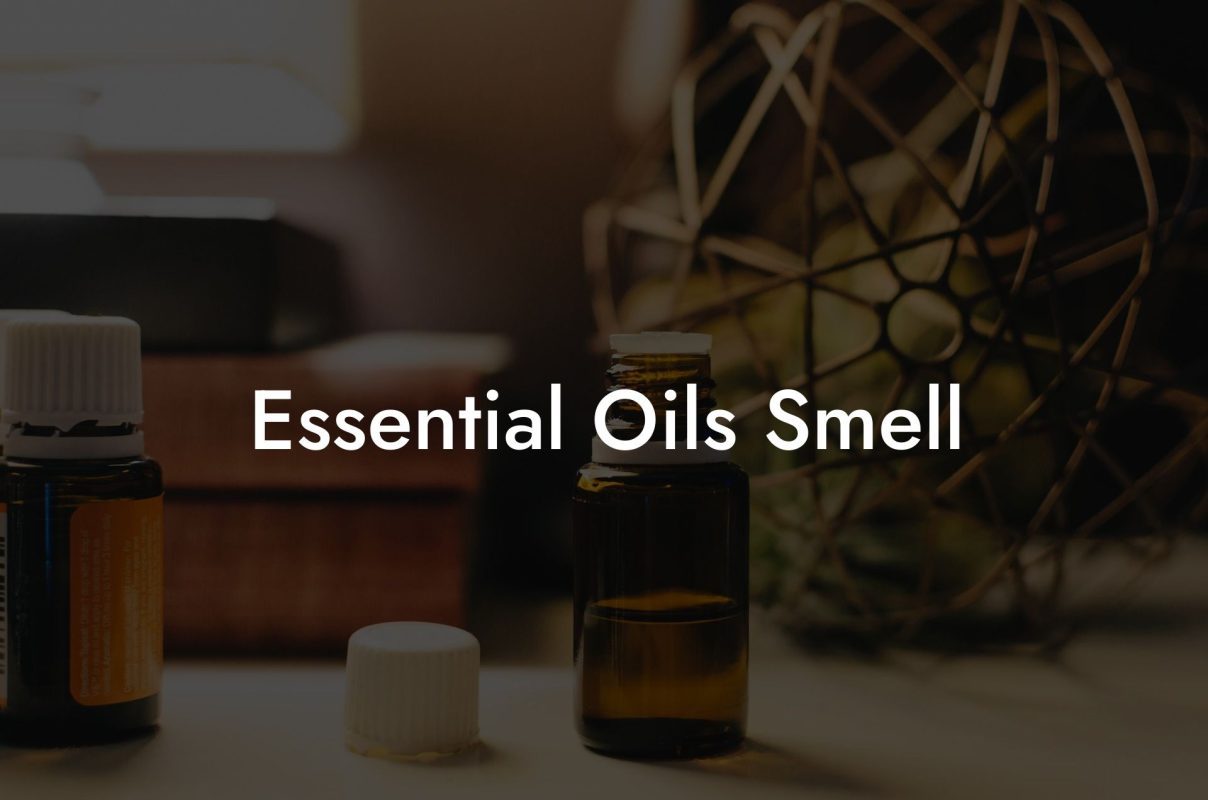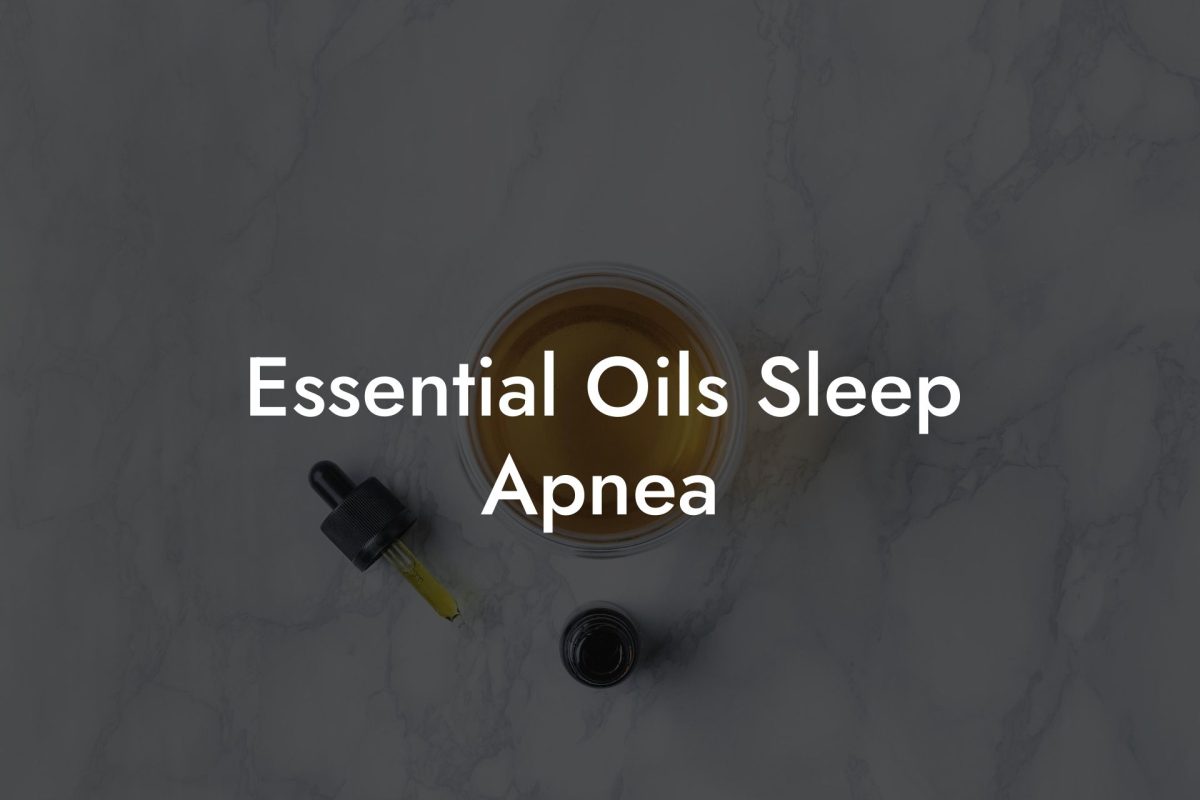Essential oils have become a popular go-to remedy in the quest for a healthier, more balanced lifestyle. With so many different oils and uses, it can be overwhelming to know where to start and how much oil to use. In this comprehensive guide, we will explore the correct number of drops of essential oils to use in various situations, while ensuring safety and efficiency.
Table of Contents
Effectiveness vs. Safety
When using essential oils, it is crucial to find the balance between effectiveness and safety. Using too few drops may result in minimal benefits, while too many drops can cause skin irritation or sensitivity. The golden rule is to always start with a smaller amount and gradually increase if required, keeping in mind that less is often more when it comes to essential oils.
Dilution Ratios
Diluting essential oils is important for both safety and efficacy. Pure essential oils are highly concentrated and should be mixed with a carrier oil, such as fractionated coconut oil or almond oil, before applying to the skin.
These dilution ratios depend on several factors:
- Oil potency and concentration
- Age of the user
- Skin sensitivity
- Desired effect
As a general rule, consider these dilution ratios:
- For adults: 2-3% dilution ratio, meaning 12-18 drops of essential oil per ounce of carrier oil
- For children (ages 6-12): 1% dilution ratio, meaning 6 drops of essential oil per ounce of carrier oil
- For infants (ages 2-6): 0.25-0.5% dilution ratio, meaning 1-3 drops of essential oil per ounce of carrier oil
Aromatherapy Diffusion
When using an essential oil diffuser, the number of drops depends on the diffuser’s size and the desired intensity. Generally, 3-5 drops per 100ml of water are recommended for most diffusers, although this can be adjusted based on personal preferences. Essential oils may be used individually or in combination, with a maximum of three blends to avoid overpowering scents or any unforeseen negative interactions.
Topical Application
For massage or topical application, start with a low dilution (1-2% for adults) and use the necessary number of drops based on the dilution ratios mentioned above. This might vary depending on the essential oil and its efficiency.
Bath & Shower Use
Adding essential oils to a warm bath can provide relaxation and therapeutic benefits. Typically, 5-10 drops diluted in a carrier oil or bath salt should suffice. For a shower, use 2-3 drops on a washcloth, mixed with a small amount of shower gel.
Inhalation Methods
For steam inhalation, use 2-3 drops of essential oil in a bowl of hot water, breathe in the vapors with a towel draped over the head, and repeat several times. For direct inhalation or using an essential oil inhaler, 1-2 drops are sufficient.
How Many Drops Of Essential Oils Example:
Improving Sleep Quality using Lavender Essential Oil
To help relax and promote a restful sleep, try using lavender essential oil in a diffuser in your bedroom. Fill the diffuser with water, and add 4-5 drops of lavender essential oil for every 100ml of water. Allow it to diffuse in the room for 30 minutes before bedtime to create a calming atmosphere that promotes relaxation.
For an even more targeted approach, try a diluted lavender essential oil massage before bedtime. Mix 12 drops of lavender essential oil with one ounce of fractionated coconut oil. Massage the mixture onto your temples, neck, and shoulders to encourage relaxation and support a restful night’s sleep.
We hope this extensive guide has helped you understand the importance of using the correct number of drops of essential oils for various applications. Remember, start small and adjust as necessary while keeping safety and effectiveness in mind.
At Oshu Oils, we are dedicated to empowering our community with knowledge about essential oils and aromacology. Share this guide with others and continue to explore more of our informative articles. And don’t forget to check out our range of artisan essential earth oils, designed to bring balance to modern lifestyles. Happy oiling!

